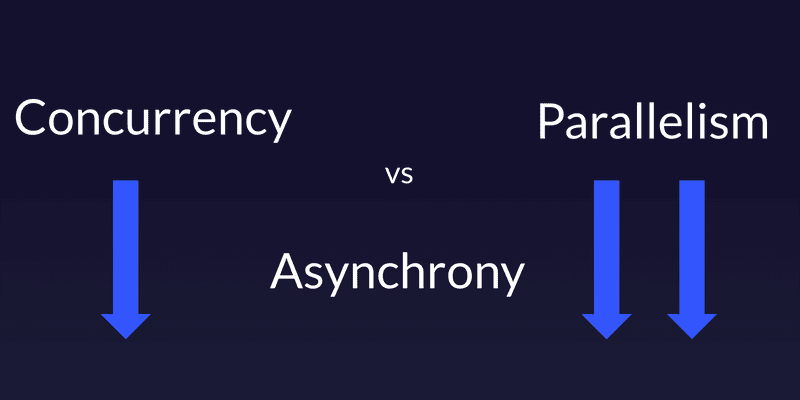C# : Parallel vs. Asynchronous Programming in .NET
Both are not same, Understanding the Differences
In .NET, parallel and asynchronous programming are vital techniques used to achieve concurrency and enhance the performance of applications. Although they share the goal of executing tasks concurrently, they differ significantly in their approaches and use cases. This blog post delves deeper into the distinctions between parallel and asynchronous programming in .NET, using examples to elucidate their characteristics and applications.
Parallel Programming: Parallel programming focuses on concurrently executing multiple tasks on multiple processing units, such as CPU cores. It divides a large task into smaller subtasks, which are then processed simultaneously to expedite execution. .NET provides the System.Threading.Tasks.Parallel namespace to facilitate parallel programming.
Key Characteristics of Parallel Programming:
CPU-bound Tasks: Parallel programming is well-suited for CPU-bound tasks, where the execution time is primarily determined by computational complexity.
Data Parallelism: It emphasizes splitting large datasets into smaller chunks and processing them concurrently to leverage the computational power of multiple cores.
Synchronous Execution: Tasks in parallel programming typically execute synchronously, with each task running on its own thread and completing before proceeding to the next task.
Example of Parallel Programming in .NET:
Parallel.For(0, 100, i =>
{
// Perform CPU-bound task
Console.WriteLine($"Task {i} completed");
});
Asynchronous Programming: Asynchronous programming facilitates the execution of tasks concurrently without blocking the calling thread. It is particularly beneficial for I/O-bound tasks, such as network operations or disk I/O, where waiting for the operation to complete would lead to inefficiencies.
Key Characteristics of Asynchronous Programming:
I/O-bound Tasks: Asynchronous programming excels in handling I/O-bound tasks, where the execution time is predominantly determined by the latency of I/O operations.
Non-blocking Execution: It allows the calling thread to continue executing other tasks while waiting for I/O operations to complete, thereby maximizing resource utilization.
Asynchronous Methods: Asynchronous programming in .NET revolves around asynchronous methods marked with the
asyncmodifier and follows the Task-based Asynchronous Pattern (TAP).
Example of Asynchronous Programming in .NET:
public async Task<string> DownloadDataAsync(string url)
{
using (var client = new HttpClient())
{
// Asynchronously download data
return await client.GetStringAsync(url);
}
}
Key Differences:
Use Cases: Parallel programming is best suited for CPU-bound tasks, while asynchronous programming shines in handling I/O-bound tasks.
Execution Model: Parallel programming involves synchronous execution of tasks on multiple threads, whereas asynchronous programming allows non-blocking execution through asynchronous methods.
Thread Management: Parallel programming requires explicit thread management, whereas asynchronous programming relies on the framework to manage threads efficiently.
Conclusion: Parallel and asynchronous programming are indispensable techniques in .NET for achieving concurrency and enhancing application performance. By understanding their differences and appropriate applications, developers can design robust, efficient, and scalable applications that meet the demands of modern computing.


